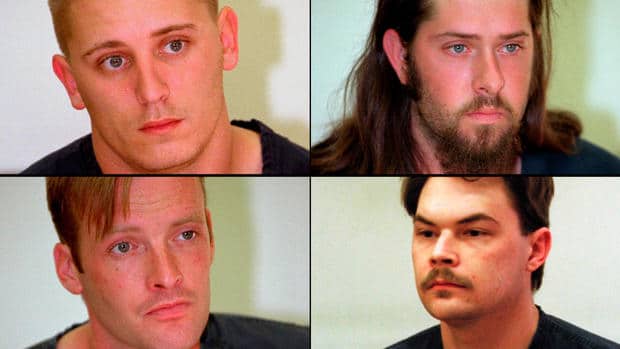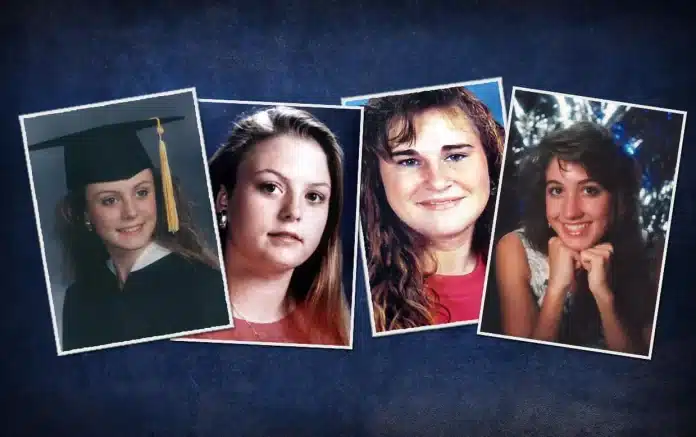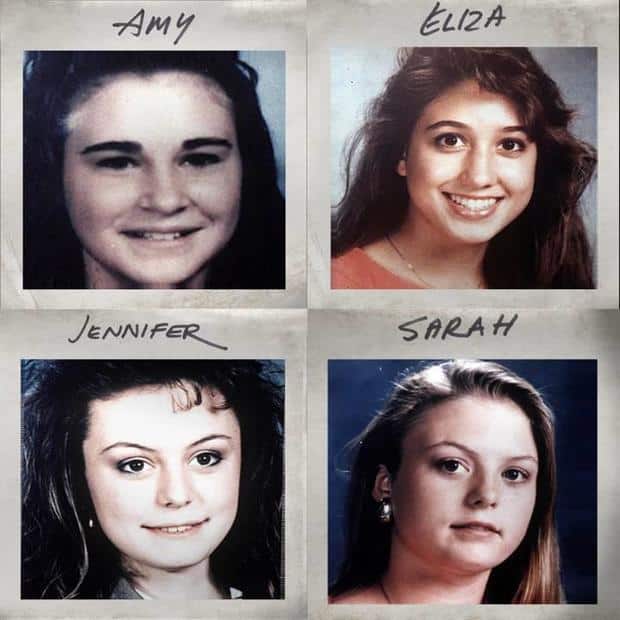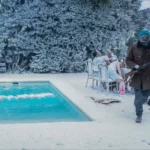Austin Yogurt Shop Murders: How Many Girls Died? Who Killed Austin Yogurt Shop Girls? – The “I Can’t Believe It’s Yogurt!” store in Austin, Texas, was the scene of the unsolved quadruple homicide known as the 1991 Austin Yogurt Shop Killings on Friday, December 6, 1991. Four adolescent girls were killed: 13-year-old Amy Ayers (or Ayres), 17-year-old Eliza Thomas, 17-year-old Jennifer Harbison, and Jennifer’s 15-year-old sister Sarah. Sarah and her friend Amy were in the store to receive a ride home with Jennifer after it closed at 11:00 p.m., while Jennifer and Eliza worked there.
The yogurt shop killings left the city’s residents and law enforcement with numerous unanswered issues and one crucial piece of evidence—a DNA sample—that was collected from the crime scene. These parties have been grieving the deaths of four young individuals for almost 31 years.
To bring some comfort to the victims’ families, 48 Hours will revisit the horrifying case that continues to haunt Austin. This Saturday, August 27, 2022, at 9 p.m. ET, CBS will screen the episode titled “The Yogurt Shop Murders,” and Paramount+ will stream it as well.
What Happened At The Austin Yogurt Store? How Many Girls Died and How?
The girls’ bodies were found inside the shop after a police patrolman reported a fire there at about midnight on December 6, 1991. Some of the victims had been raped in addition to being shot in the head. The murders were carried out using a.22 and a.380 handguns, and the perpetrator(s) most likely left by an unlocked back door that was discovered.
Firefighters found four naked victims after the fire was put out. Each had been executed-style shot in the head with a lead bullet calibrated at.22. In addition to having her hands bound behind her with a pair of underwear, Sarah had also been gagged and sexually assaulted. Even though Jennifer wasn’t restrained, her hands were behind her back. Eliza’s hands were bound behind her back, and she had been gagged. All three of them had been shot in the back of the head and were seriously burned.
In contrast to the others, Amy’s body was discovered in a different area of the store. She was not burned, but 25–30% of her body had third-degree burns. When she was discovered, she had a “sock-like fabric” around her neck. Like the others, she had been shot, but the bullet had missed her head. She also had a second bullet that had exited through her lateral cheek and jawline and severely injured her brain.
Amy is believed to have managed to rip herself free and crawl to a separate area of the store despite the murderers’ stacking all four bodies on top of one another. The bodies of Sarah, Eliza, and Jennifer were discovered stacked on top of one another, along with the body of Jennifer, which is presumed to have been stacked on top of the others but was disturbed when Amy crawled away. High BTU output levels discovered after the autopsy imply that an accelerant may have been used.
Numerous people of interest were discovered during the initial inquiry, including a 15-year-old who was found at a local mall with a.22 calibre rifle (which was not determined to be the murder weapon) days after the crimes. He initially provided the cops with promising information, but after challenging him, they concluded that he was trying to get out of the gun charge. They eliminated him and three minor-crime pals he had implicated; none of them were older than 17 at the time.

Who Was/Were the Killer(s) of the Austin Yogurt Shop Girls?
Kenneth Allen McDuff, a well-known serial murderer, was in the region at the time of the murders. He was quickly disqualified despite having a history of several teen murders. The date of his death was November 17, 1998.
Some years later, a new detective assigned to the case proposed that the four teenagers from 1991 were likely suspects. They were in their twenties at the time. Some of the suspects were admitted after interrogations by different detectives. They claimed that Forrest Welborn, Maurice Pierce, Robert Springsteen, and Michael Scott were all involved in the murder. It is hard to establish whether the detectives gave the suspects information during the original interrogations because there was no documentation of what was said to the guys during the 1991 interrogations.
If the suspects referred to this knowledge during later interrogations, it might be used against them. Due largely to the self-incriminating remarks made by two of the four, they were both given a trial date. The prosecution went into great detail about the terrible acts against the young victims, but they offered only the confessions as solid proof. The two were found guilty, with one receiving a death sentence and the other—who was 15 at the time—getting a life term.
All four were released simultaneously because of a lack of evidence. Two of the four men, Robert Springsteen and Michael Scott, were able to confess when a new investigative team was tasked with reexamining the case in 1999. Later, the two disputed the allegations and claimed they had been coerced.
Both were declared guilty, but later, their convictions were overturned on constitutional grounds. According to the Sixth Amendment, defendants have the right to cross-examine their accusers in court. However, in Scott and Springsteen’s trials, each confession was used as evidence against the other, and they were not allowed to cross-examine one another in court.
Eventually, after the two convicted had already served nearly 10 years, the accusations against the four accused were withdrawn in 2009 after an advanced DNA test failed to link any of them to the sample discovered at the site. Although the two accused were freed, they were not cleared; thus, a retrial is always possible.
Hector Polanco, one of the detectives involved in the interrogations, had previously come under fire for allegedly forcing false confessions in the infamous Christopher Ochoa and Richard Danziger cases. Both were freed after serving 13 years in jail; Danziger suffered irreversible brain damage due to a prison assault. If this information had been available at the time of the trials, seven jurors from the cases have admitted that they would not have found the men guilty.
This Saturday, August 27, 2022, at 9 p.m. ET, CBS 48 Hours will feature more information on the cold case.
















